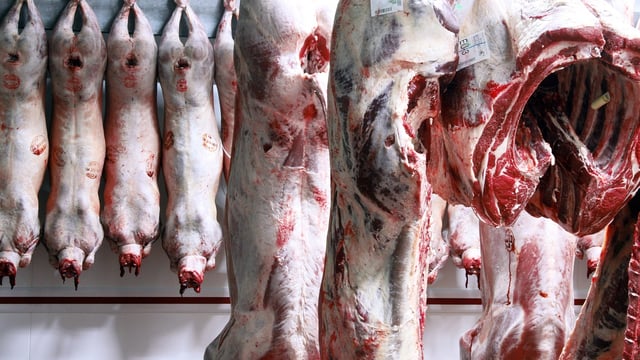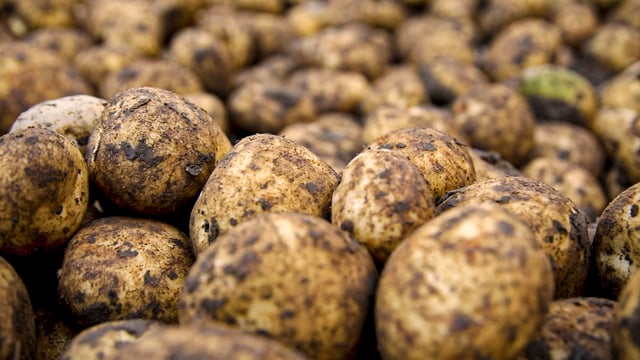Upskilling courses for farmers under new water quality campaign
A range of courses will be made available to farmers and the agri-industry by Teagasc as part of its new Better Farming for Water campaign to improve all water bodies in Ireland where agriculture is a significant pressure.
Building awareness amongst farmers will be central to the implementation of the eight actions set out in the campaign which focus on three areas - nutrient management, farmyard management and land management.
The campaign, which will run form 2024 until 2030, was requested by Minister for Agriculture, Food and the Marine, Charlie McConalogue and forms part of a wider whole-of-government approach to improve water quality.
To enhance the knowledge and skills of co-ops, farmers, contractors, private consultants, and other stakeholders, relating to reducing nutrient loss to water bodies, a range of courses will be made available over the course of the campaign.
The campaign aims to achieve an improvement in water quality through on-farm adoption of the following eight "actions for change":
- Reduce purchased nitrogen (N) and phosphorus (P) surplus per hectare;
- Ensure soil fertility is optimal for lime, P and potassium (K);
- Ensure application of fertiliser and organic manure at appropriate times and conditions;
- Have sufficient slurry and soiled water storage capacity;
- Manage and minimise nutrient loss from farmyards and roadways;
- Fence off watercourses to prevent bovine access;
- Promote targeted use of mitigation actions such as riparian margins, buffer strips and sediment traps to mitigate nutrient and sediment loss to water;
- Maintain over-winter green cover to reduce nutrient leaching from tillage soils.
The six water catchments that will be prioritised by Teagasc in the first two years of the Better Farming for Water 2024-2030 campaign are the Boyne, Slaney, Barrow/Nore, Suir, Blackwater and Lee/Bandon.
Farmers and stakeholders will be able to access water quality data/maps for their local area through catchments.ie, where the Environmental Protection Agency (EPA) publishes data from each water quality monitoring point.
Access to pollutant impact potential (PIP) maps, showing the risk areas for losses of nitrogen (N), phosphorus (P) and sediment to waters in farmers' local area is also foreseen by Teagasc under the campaign.
EPA data and PIP maps are a "hugely valuable" resource and using them to build awareness among farmers and other stakeholders of their local water quality and specific local challenges will be a "central" element of the campaign, Teagasc said.
Increased accessibility of catchment/water quality data and PIP maps is expected by quarter four (Q4) 2024. It is also planned to develop the online tool AgNav to estimate purchased N and P surplus and nitrogen-use efficiency by Q3 this year.
The development of specific catchments/waterbody advice factsheets, highlighting the water quality challenges and targeted solutions for that catchment/waterbody will also be a key action of the campaign to be delivered by Q4 2024.
A multi-actor stakeholder group, including farmers, the agri-industry, the community, and the government, will be established Q3 this year. A campaign chair will also be appointed by the end of September 2024.
A Knowledge Transfer (KT) Programme to facilitate the sharing of knowledge between advisors and farmers will be a core element of the campaign. A water catchment coordinator will be allocated to each of the six catchments.
Teagasc also plans to agree on protocols with Dairy Industry Ireland (DII), Meat Industry Ireland (MII), and Tillage Industry Ireland (TII) to promote and disseminate outputs from the new water quality campaign by Q4 2024.
As part of its Better Farming for Water campaign, Teagasc plans to identify "best-practice demonstration farmers" and "community leaders" to influence others to participate in the campaign by Q3.
Teagasc also plans on revising and updating its teaching resources for students by Q4 2024 to ensure that all aspects of best practice relating to reducing nutrient loss to water from agriculture are included in the curriculum.






